 Donate Now
Donate Now
 Donate Now
Donate Now
National Parks of Canada
A Timeline
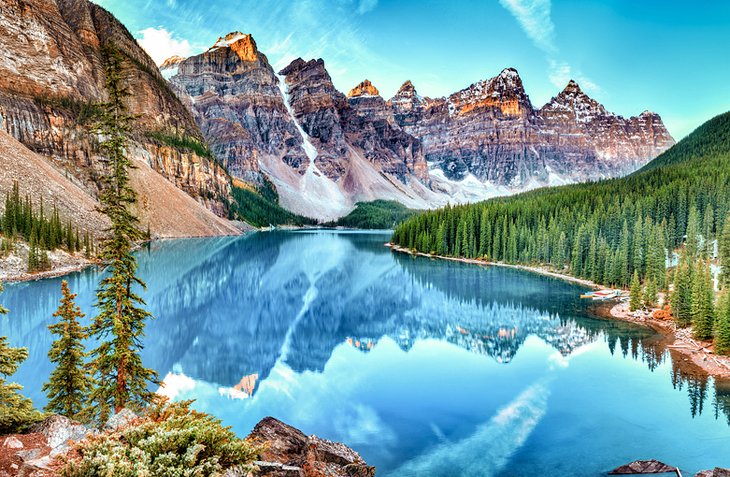
In Canada, a national park is defined as a protected area of land and/or water that is managed by Parks Canada. Its primary purpose is to preserve and protect natural and cultural features of national significance, while also providing opportunities for public enjoyment and appreciation of these areas through various recreational activities.
November 25th 1885

Banff was founded in 1883, when three railway workers discovered a natural hot spring in the area. Recognizing the potential for tourism, the Canadian government designated the area as a protected parkland and established the Banff Hot Springs Reserve. In 1887, the reserve was expanded and renamed Banff National Park, becoming Canada's first national park. Today, Banff is a popular tourist destination, known for its stunning natural scenery, outdoor activities, and luxurious resorts. It continues to be an important part of Canada's history and identity as a nation.
October 10th 1886
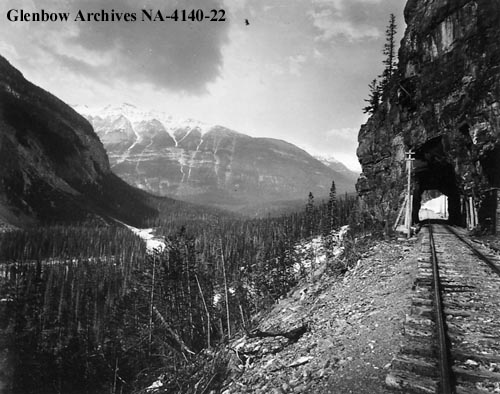
Yoho National Park was established on October 10, 1886, in British Columbia, becoming Canada's second national park along with Glacier National Park. The park is located on the western slopes of the Canadian Rocky Mountains and is renowned for its awe-inspiring natural beauty, including soaring peaks, pristine lakes, and thundering waterfalls. The park's name, "Yoho," comes from the Cree word for "awe" or "wonder," which is fitting given the park's breathtaking scenery. Today, Yoho National Park is a popular destination for outdoor enthusiasts and nature lovers, offering hiking, camping, skiing, and other activities amidst the stunning mountain landscape.
May 20th 1904
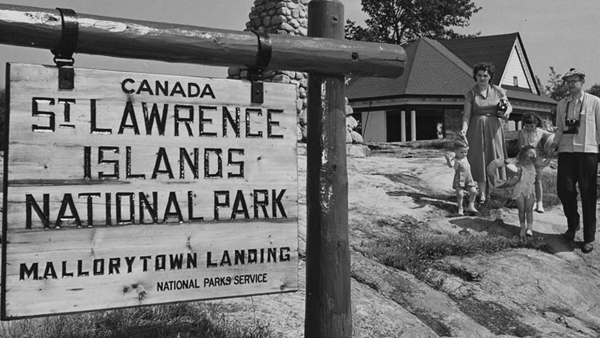
Established May 20, 1904: Thousand Islands National Park is located in the St. Lawrence River of eastern Ontario and was established as a way to protect the natural beauty of the area. The park is named after the over 1,800 islands that dot the river and is home to some of the most stunning river and lake scenery in the country. Visitors to Thousand Islands National Park can enjoy boating, fishing, and camping in the beautiful and unique island environment.
July 1st 1913

Established September 1, 1906, and becoming a national park July 1st 1913: Elk Island National Park is located in central Alberta and was established as a way to protect the natural habitat of the Plains bison. The park is named after its many herds of elk and is home to some of the most important conservation programs in the country. Visitors to Elk Island National Park can enjoy hiking, camping, and wildlife viewing in one of the most unique and important natural areas in the country.
May 29th 1918
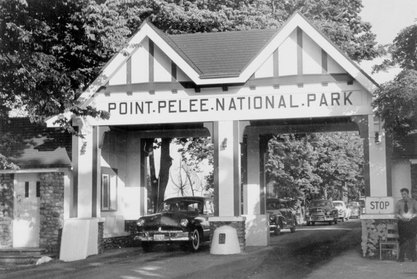
Established on May 29, 1918, Point Pelee National Park is located in southwestern Ontario. The park was founded in order to protect the unique bird and plant species that inhabit the region. The park is situated on a narrow peninsula that extends into Lake Erie and is a popular destination for birdwatchers, who come to see the annual migrations of monarch butterflies and songbirds. Visitors to Point Pelee can hike, bike, or kayak through the park's marshes and forests.
October 10th 1886
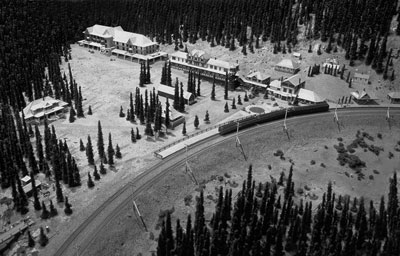
Glacier National Park was established in 1886 as Canada's second national park along with Yoho National Park, located in the interior of British Columbia. The park is known for its stunning mountains, glaciers, and diverse wildlife, making it a popular destination for outdoor enthusiasts. The park was originally established to protect the region's unique natural features and to encourage tourism in the area. Today, visitors can explore the park's many hiking trails, take in the panoramic views of the surrounding landscape, and witness the natural beauty that has attracted visitors to the area for over a century.
May 20th 1895

Waterton Lakes National Park was established on May 20, 1895, in southern Alberta, becoming Canada's fourth national park. The park is located in the Rocky Mountains and is famous for its crystal-clear lakes, rugged mountains, and unique wildlife, making it a popular destination for outdoor enthusiasts and nature lovers. The park's boundaries also extend across the border into Montana, USA, where it merges with the Glacier National Park to form the Waterton-Glacier International Peace Park. Today, visitors can enjoy a wide range of activities in Waterton Lakes National Park, including hiking, camping, fishing, and wildlife watching.
September 14th 1907

Established on September 14, 1907, Jasper National Park is the largest national park in the Canadian Rockies. The park was founded after an aggressive campaign by the Edmonton Board of Trade, which sought to protect the region's natural beauty from industrialization. The park was named after Jasper Hawes, a fur trader who built a trading post in the area in the early 1800s. Jasper National Park is home to a diverse range of wildlife, including elk, moose, bighorn sheep, and grizzly bears. It also contains several glaciers and the beautiful Maligne Lake.
April 28th 1914

Established on March 2, 1914, Mount Revelstoke National Park is located in British Columbia. The park was founded in order to protect the unique flora and fauna of the region, which includes old-growth forests, meadows, and alpine tundra. The park is home to a number of rare and endangered species, such as the mountain caribou and the whitebark pine. Visitors to Mount Revelstoke can hike or drive up the 26-kilometer-long Meadows in the Sky Parkway, which provides breathtaking views of the park and its surroundings.
April 17 1920

Established on November 5, 1920, Kootenay National Park is located in southeastern British Columbia. The park was founded in order to protect the natural hot springs that are found in the region. The park is also home to a number of unique plant and animal species, such as the white-tailed ptarmigan and the western painted turtle. Visitors to Kootenay can hike or drive through the park's mountainous terrain, and can also take a dip in the soothing waters of the Radium Hot Springs.